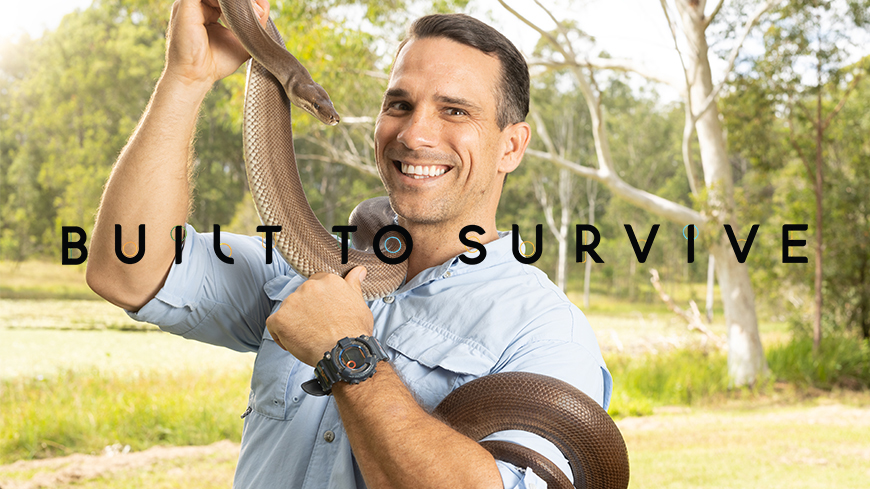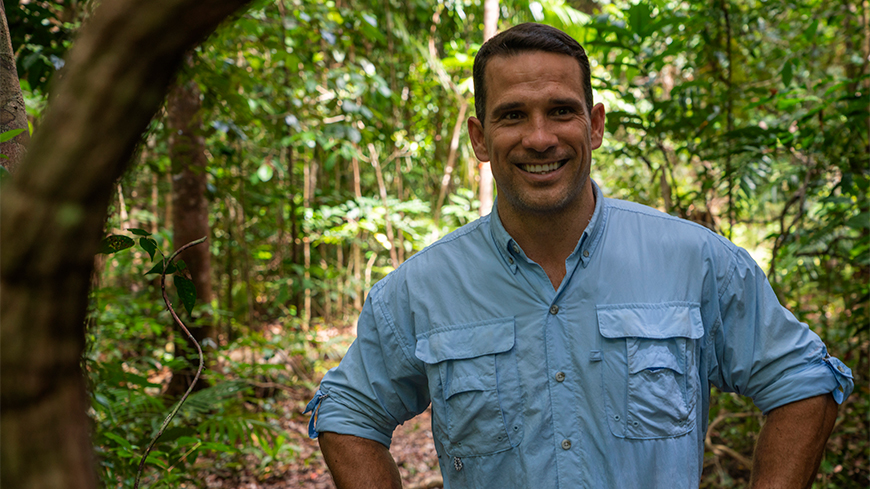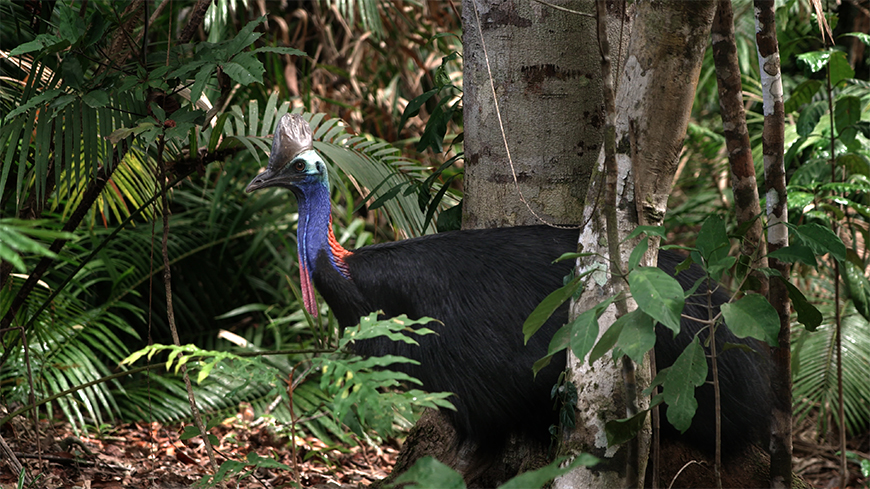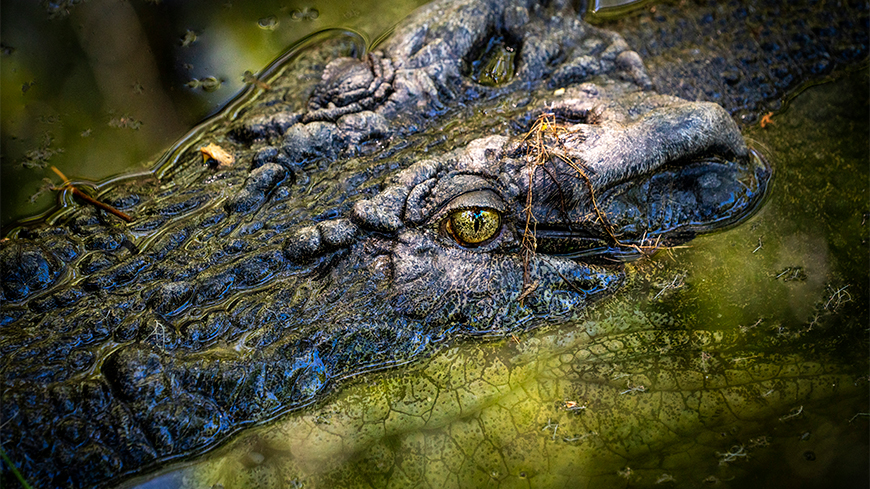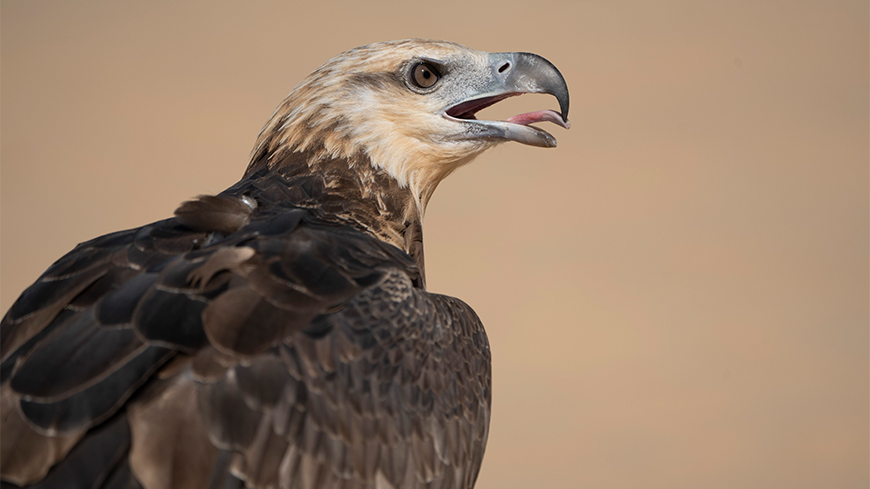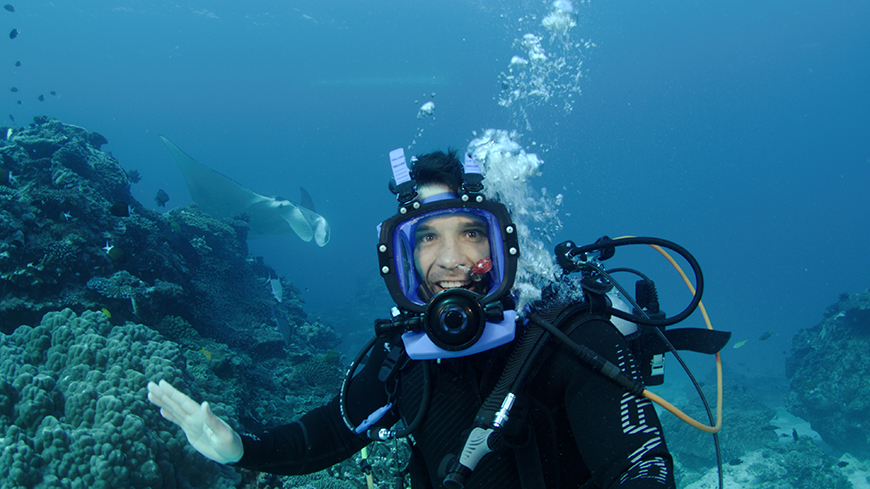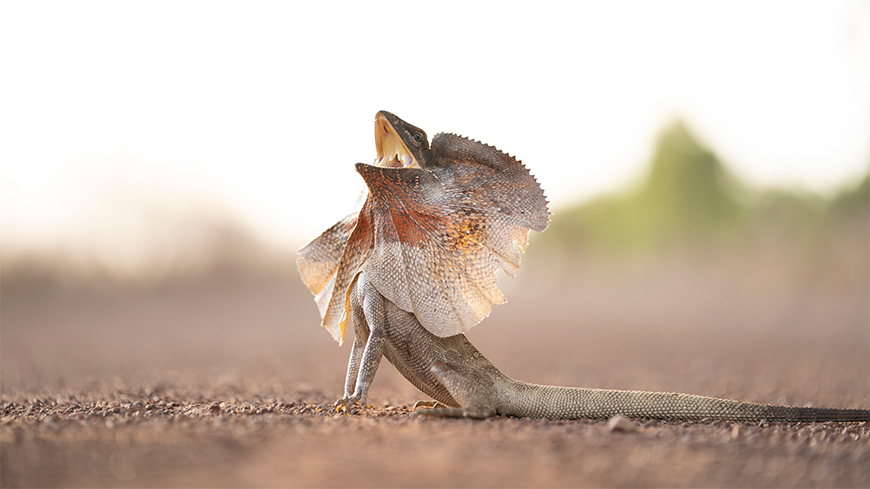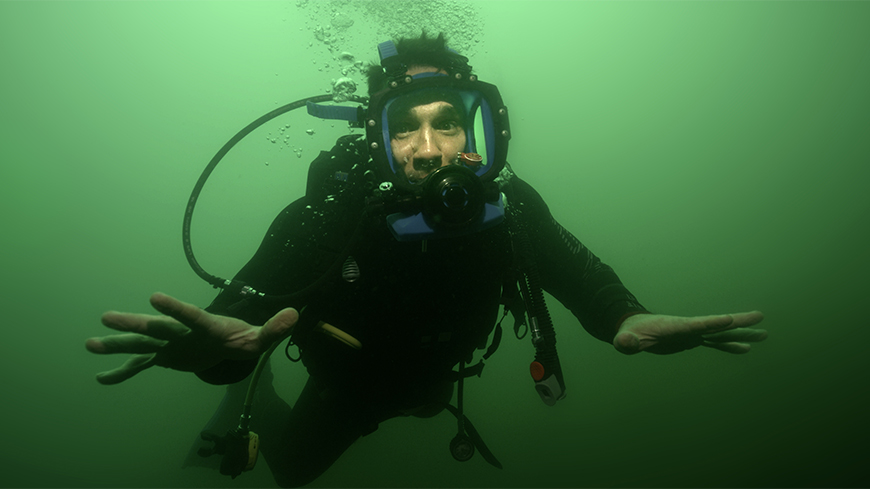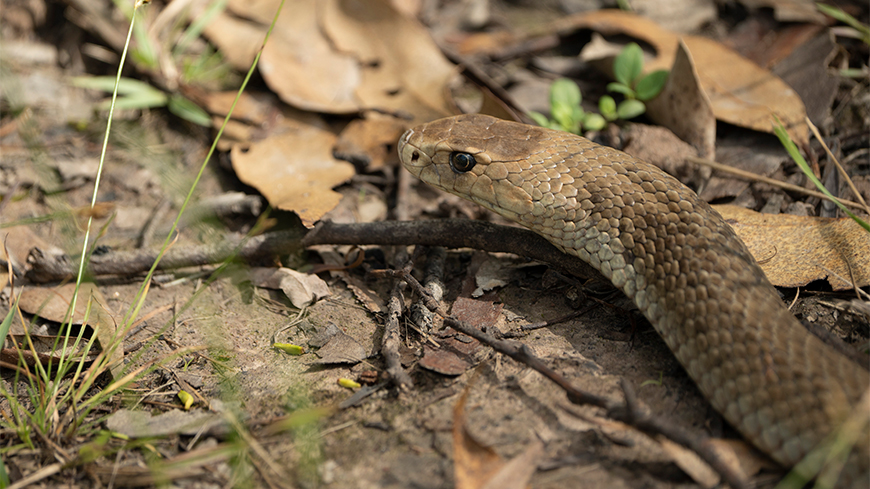Built to Survive follows host Phil Breslin, a third generation Indigenous educator, as he travels to the most remote corners of the Australian to explore the diverse and unique environments and the animals that call them home.
In each episode, we follow Phil on a rare and exciting journey to encounter three iconic Australian animal species, to reveal their unique survival characteristics. The individual nature and specific differences of each environment are also highlighted as we accompany Phil in Australia’s most inhospitable areas.
Nature as we know it, took millions of years to evolve. Every animal and plant in this vast web of life has withstood countless generations of fighting and fleeing, hunting and hiding, feeding and breeding. Each of these success stories flourish under the laws of the habitat in which they live, only the fittest survive, every creature under the sun must adapt to survive.
Rewind 200 million years… Earth’s continents have broken up and Australia is drifting, alone and isolated. As it drifts, the climate changes and new ecosystems evolve. Australia’s animals have now embarked on a journey, unique from the rest of the world. Today, almost 90 percent of our mammal species, 90 percent of our reptiles and 45 percent of our bird species are found nowhere else on earth. No wonder it’s now home to so many beautiful creatures.
Phil Breslin is on a mission to reveal the Australian animals that are 'built to survive' in a range of diverse Australian environments. Phil is a teacher, adventurer and wildlife aficionado originally from Gimuy (Cairns) in Far North Queensland. He draws on the knowledge of science, First Nations peoples, and his own experience in the wild, to find out how animals have adapted to some of the world’s most extreme and diverse, natural environments. Phil will travel to the most remote corners of the Australian continent in a bid to discover a world that most kids have only ever Googled.
Throughout the series, Phil meets and consults with locals and experts to help him understand, navigate and survive his journey. To achieve the goals of the series he joins scientists, researchers and rangers in the field. This includes meeting with Traditional Owners and joining them on Country to explore the cultural significance of places and animals.
Survival Criteria
Each episode of Built to Survive introduces audiences to three animals that live in a specific habitat. For example, in episode 1 - 'Wet and Wild Rainforests' - Phil explores the rainforest ecosystem in reference to the characteristics of the tree kangaroo, cassowary and scrub python that ensure their survival. At the conclusion of each episode, Phil asks the audience ‘Which of the animals is most Built to Survive?’ Below is a list of the criteria to support students to justify the reasons why each animal is most built to survive.
- Camouflage - How well can the animal blend into the environment? Camouflage is used widely by both predators to ambush prey and by prey, to avoid detection.
- Strategy - Some animals use ingenious strategies to work together. Sometimes it takes ‘brains over brawn' to survive.
- Defence - From spikes and spines, warning colours and hisses. When animals are threatened they let you know. Some smoke and mirrors, some with sting!
- Hunting - For the carnivores of the country, there’s a balance to strike between energy used and energy consumed. The more efficient the hunt, the greater the rewards.
- Hydration - Finding a source of water is the key to success. As far as we know, life doesn't exist without water. The lengths to which animals will go to get it, knows no bounds.
- Reproduction - One of the most fundamental markers which dictate the of survival of a species is the ability to reproduce. But how and where it's done can vary wildly.
- Feeding - How, what and when animals eat is highly dependent on what is being eaten. Animals have developed highly specific and individual mouths, beaks, claws and digestive systems to fuel their bodies.
- Super Senses - Possessing five senses seems adequate to humans. Animals have super senses that many have never heard of. They have very different ways of sensing the world around them.
- Navigation - The exhaustive journeys animals undertake to ensure the survival of their species can take them halfway around the world. Sometimes with GPS like accuracy.
- Size - From microscopic insects to the 30 m long blue whale, animals take many shapes and forms and come in a variety of sizes. Is big always better?
- Breathing - Unless it’s a microscopic organism living in the depths of the ocean, animals need oxygen. The methods of breathing can be... breathtaking.
-
Movement - Developing uncommon ways of getting around can be the difference between life and death.
Acknowledgements
Built to Survive is a Butter Media Production for ABC TV, financed with support of Screen NSW and the Australian Children’s Television Foundation.
